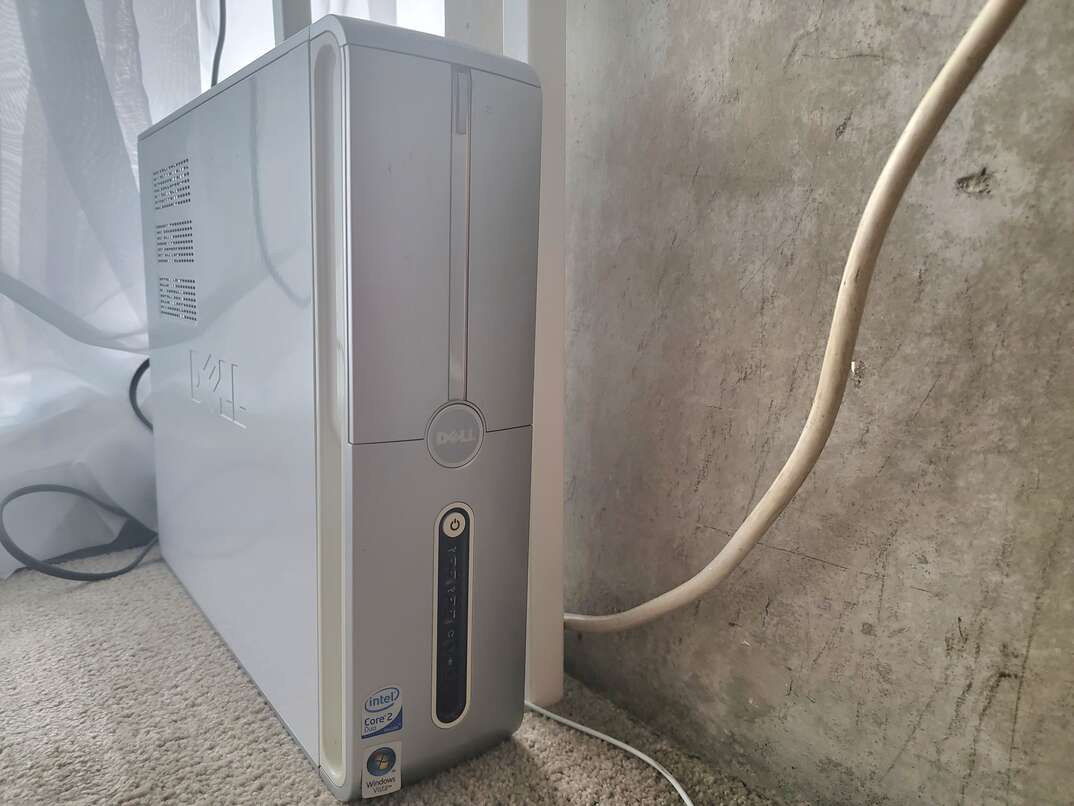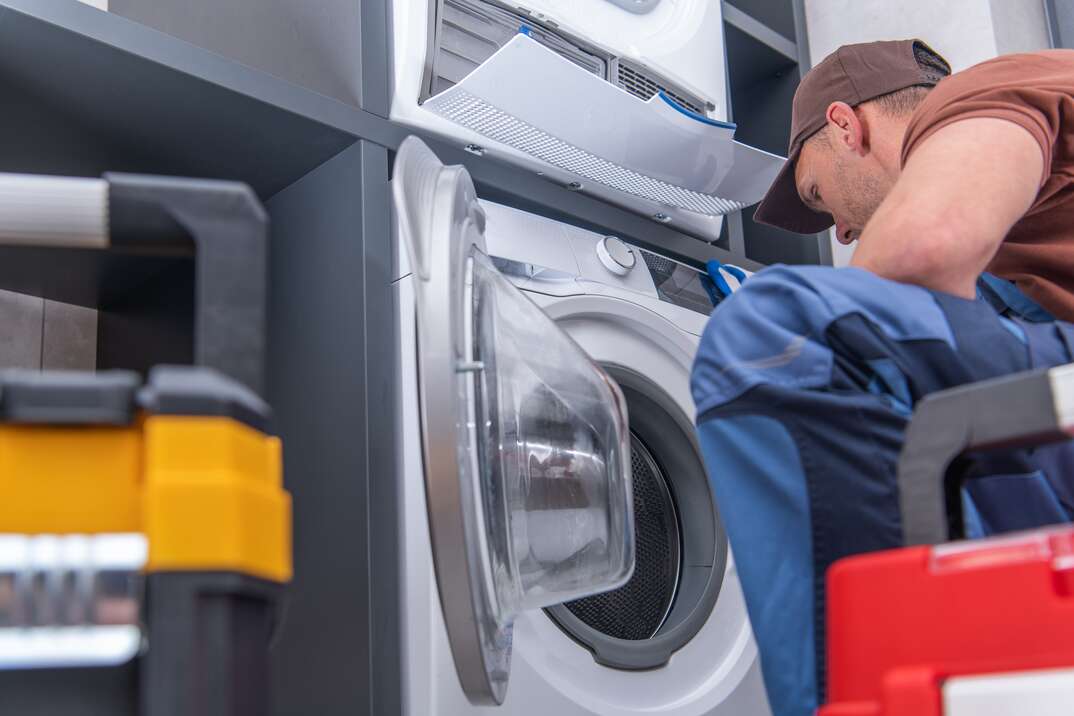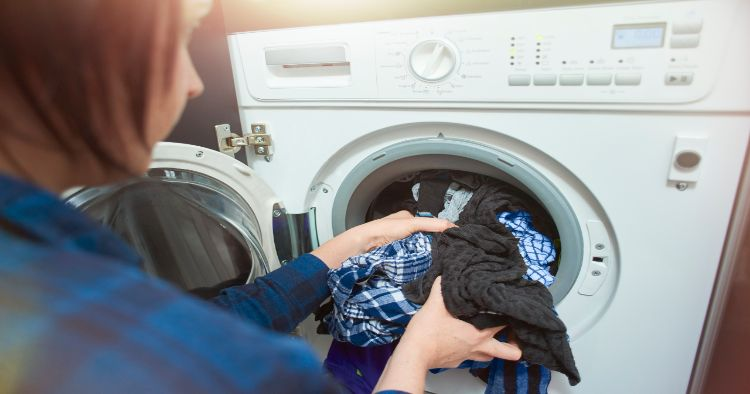How to Organize Your Fridge in 5 Steps
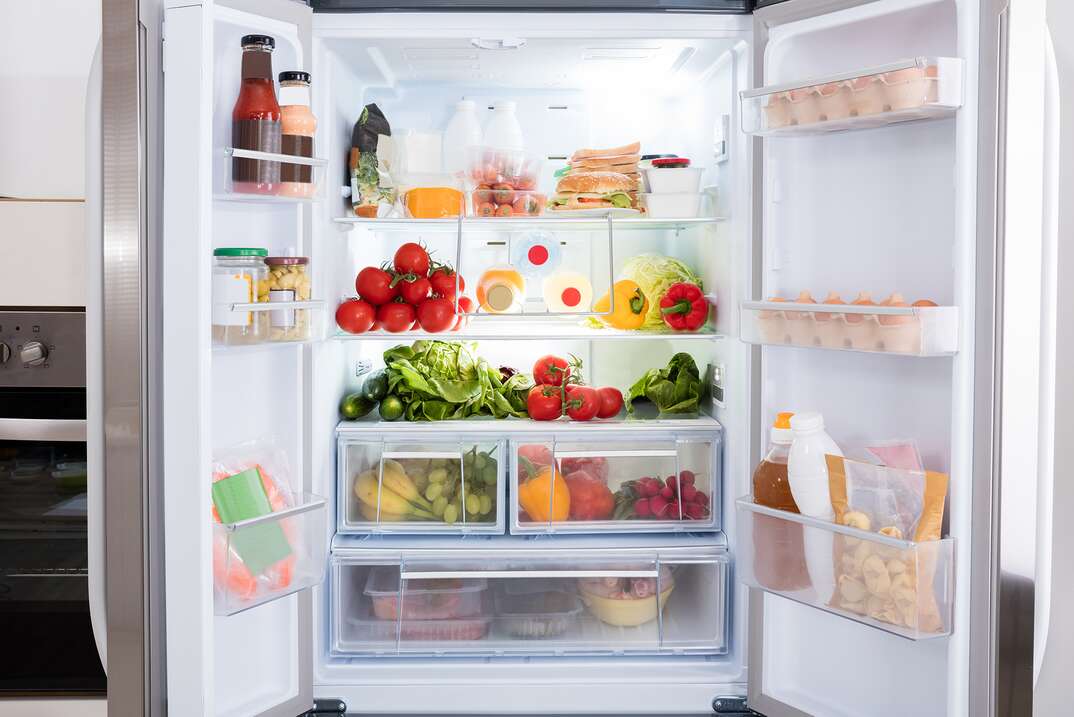
It happens: You open the fridge and catch a big whiff of something that went bad inside. It might be a dish of moldy leftovers sitting behind something else on the top shelf. Maybe it's a piece of too-old produce rotting in the bottom of a drawer. Either way, the fridge-stink could have been avoided if only you had seen those items earlier.
This May Also Interest You: Fridge Filthy? Here’s Your 7-Step Deep-Cleaning To-Do
Most of us just set foods in our fridge without any rhyme or reason. Sure, most of the condiments end up in the door, but with everything else, it’s kind of a free-for-all. But perhaps the disorganization is leading to a lot of foods being forgotten. Keeping your refrigerator organized can help you avoid that in the future.
Here's how to get your fridge in order.
Benefits of an Organized Refrigerator
First, let’s cover some of the advantages of a well-ordered icebox.

Easier to Locate Items
If you can find everything you need quickly, it’ll cut down on meal prep time. It’ll also reduce the amount of time the fridge door is open while you search for things inside. That keeps your food cooler and ensures the fridge doesn't have to work so hard to do its job.
Reduced Waste
When items in your fridge are organized, you're more likely to use things in the right order and remember to eat leftovers. That cuts down on how much of the weekly grocery haul is going to waste.
Increased Efficiency
An organized fridge is a more efficient fridge. Keeping items in the right locations helps the fridge itself function as intended.
Easier to Clean
An organized fridge tends to stay cleaner. It's easier to clean up spills and debris when things are carefully placed in the proper locations.
How Should Refrigerators Be Organized?
When it comes to how to organize your fridge, there's a lot of room for personalization. Ultimately, you want to turn to fridge organization ideas that support your lifestyle while also ensuring the optimal efficiency of your appliance.
That being said, there are some best practices you might want to follow, whether you have a 1970s model or a brand-new smart refrigerator:
What Goes in the Drawers?
Crisper drawers are designed to reduce humidity and provide added control over temperature. So, it’s a good idea to keep produce in these areas.
What Goes on the Top Shelf of the Fridge?
Top and higher middle shelves are a great place for ready-to-eat or grab-and-go foods. Some good options include single-serve beverages and yogurts as well as cheese, prepped meals in containers, chilled desserts, leftovers and packaged foods.
You do want to avoid overcrowding the top shelf, as that makes it hard to see what's in the back and can lead to waste. It also reduces the airflow in your fridge, which can lead to improper temperature controls.
What Goes on the Bottom Shelves of the Fridge?
The bottom shelf is a good place for heavier and larger items that won't fit well on top shelves. It's also a good idea to store raw meats in containers or sealed bags on the bottom shelf. That way, there's less chance that they may drip and contaminate other items below them.
More Related Articles
- Iced Out? Why Your Fridge Is Freezing Over
- We Gotta Move These Refrigerators: A Step-by-Step Guide to Moving Your Fridge
- Common Refrigerator Problems and How to Fix Them
- 5 Best Smart Refrigerators for Various Household Needs
- 4 Ways to Make Your Refrigerator More Efficient
5 Steps for Fridge Organization
1. Empty the Fridge
As you're doing so, throw away items that are past the expiration date, have mold or that you know no one is going to eat.
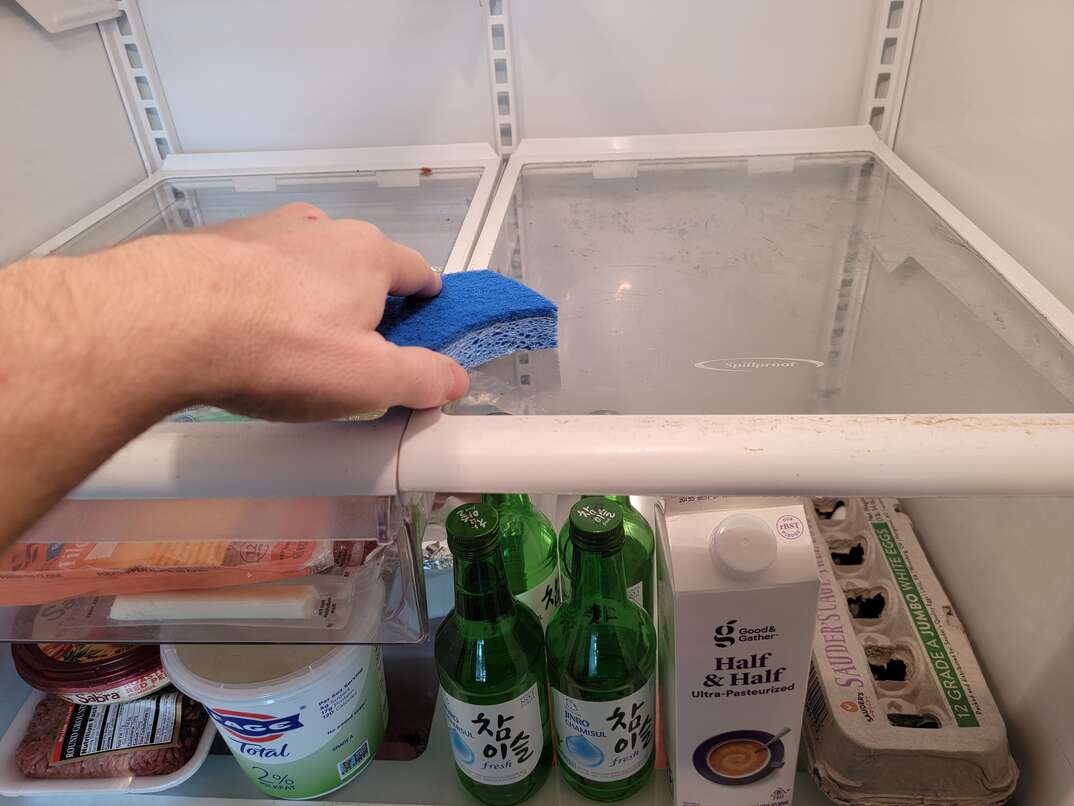
2. Clean
While your fridge is empty, clean and sanitize it. Use your preferred cleaning solution for this, whether it's a store-bought cleaning product or vinegar, baking soda and some hot water.
3. Use Organizational Tools
You might use a lazy Susan in your fridge or invest in clear storage bins that make it easy to organize food while also seeing exactly what's there. You may be able to find bins for specific purposes, like those designed to store canned beverages.
4. Put Items Back
Pay attention to the best practices above to help you decide where the items will go. You'll also want to consider what's best for you and your family and organize the fridge so that items are easy for everyone to access. When you have more than one item, put the oldest in front so it gets used first.
5. Communicate the Organizational Plan
If you don't let other people know how to organize the fridge, they can't help you keep it organized. Let everyone in the house know where things go and ask them to be mindful of putting items back in the right place.
Since we’re all home now more than ever, being prepared for unexpected home repairs with a plan from HomeServe is important. Having a plan in place gives you peace of mind knowing that you can simply call our 24/7 repair hotline for covered breakdowns. See what plans are available in your neighborhood.
